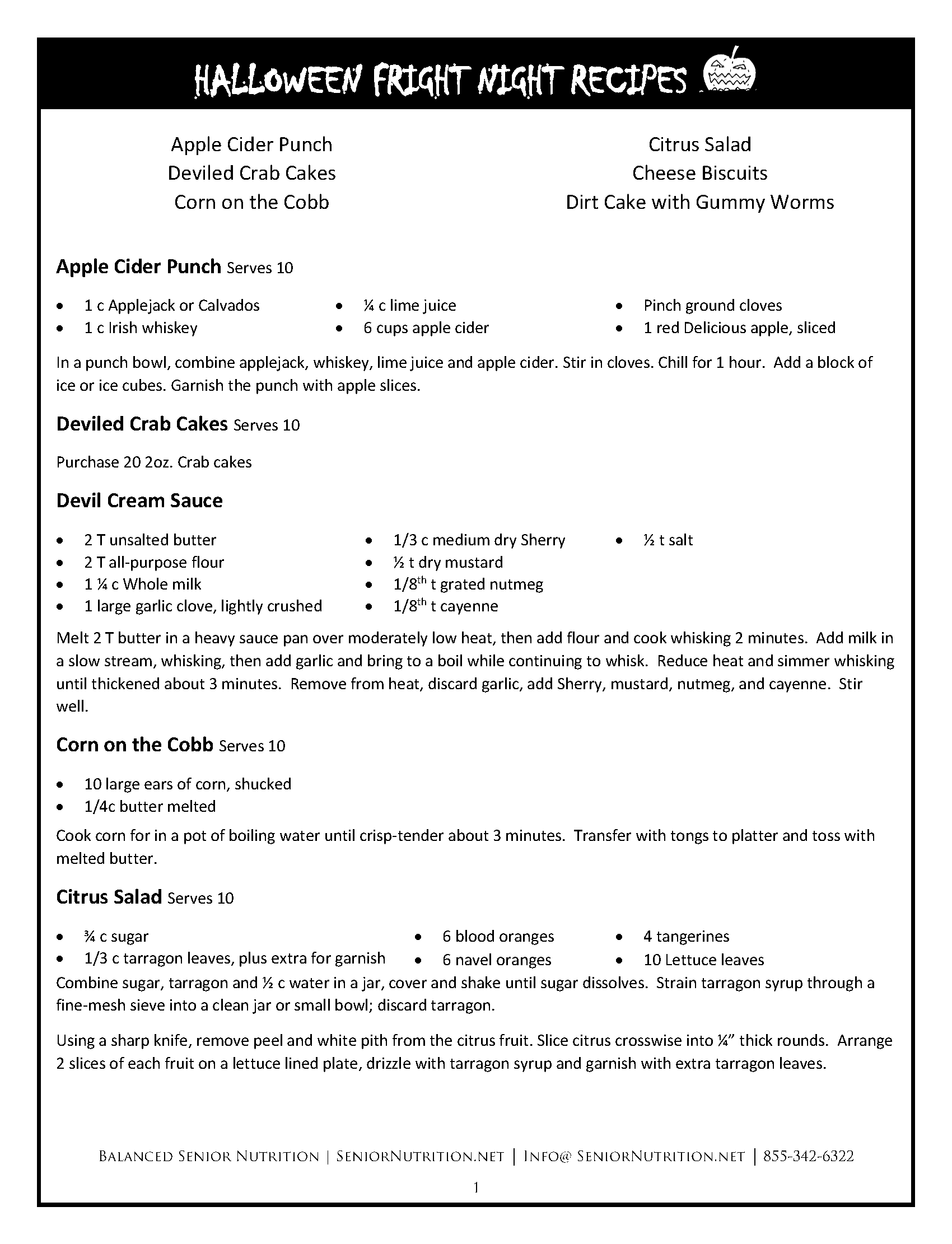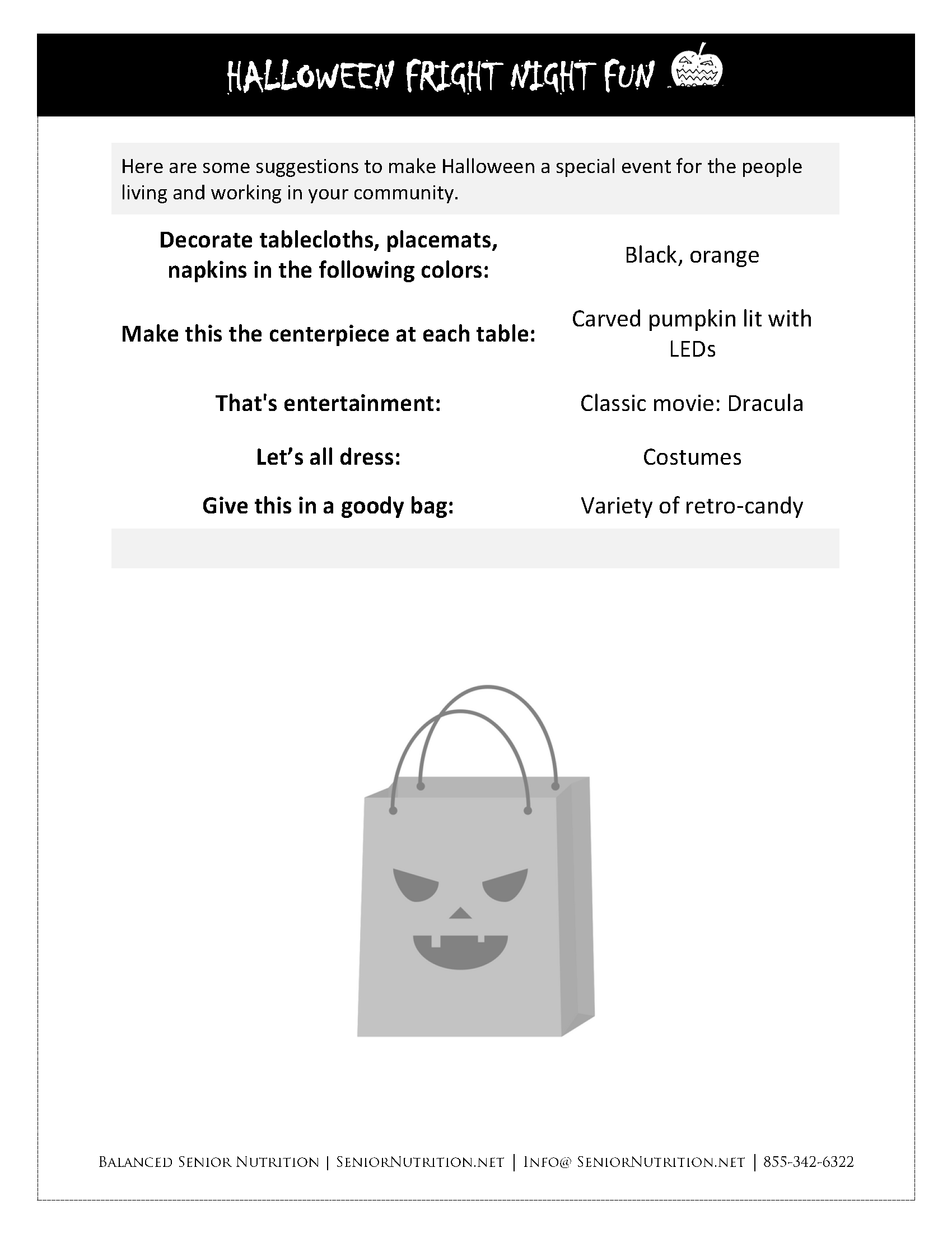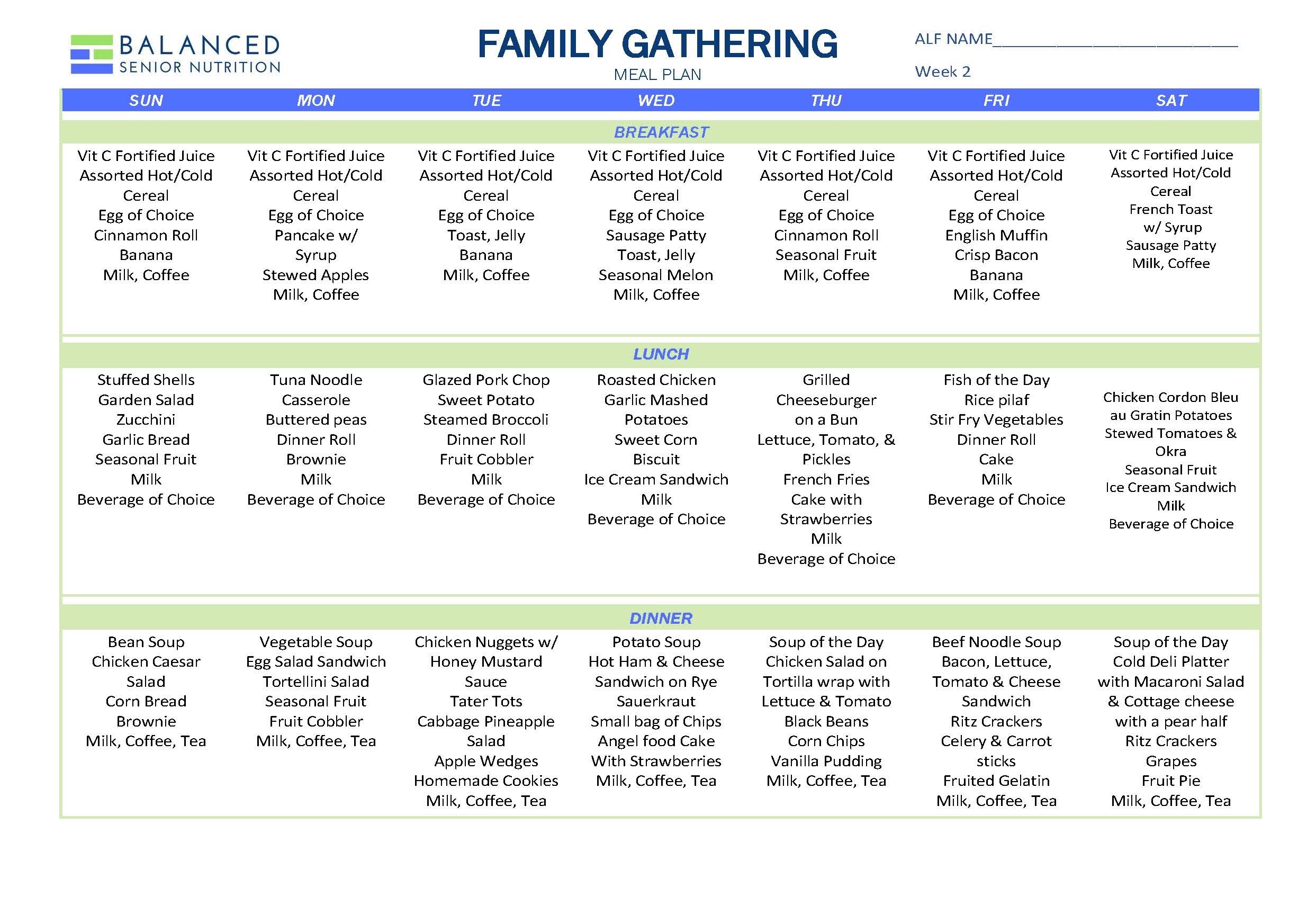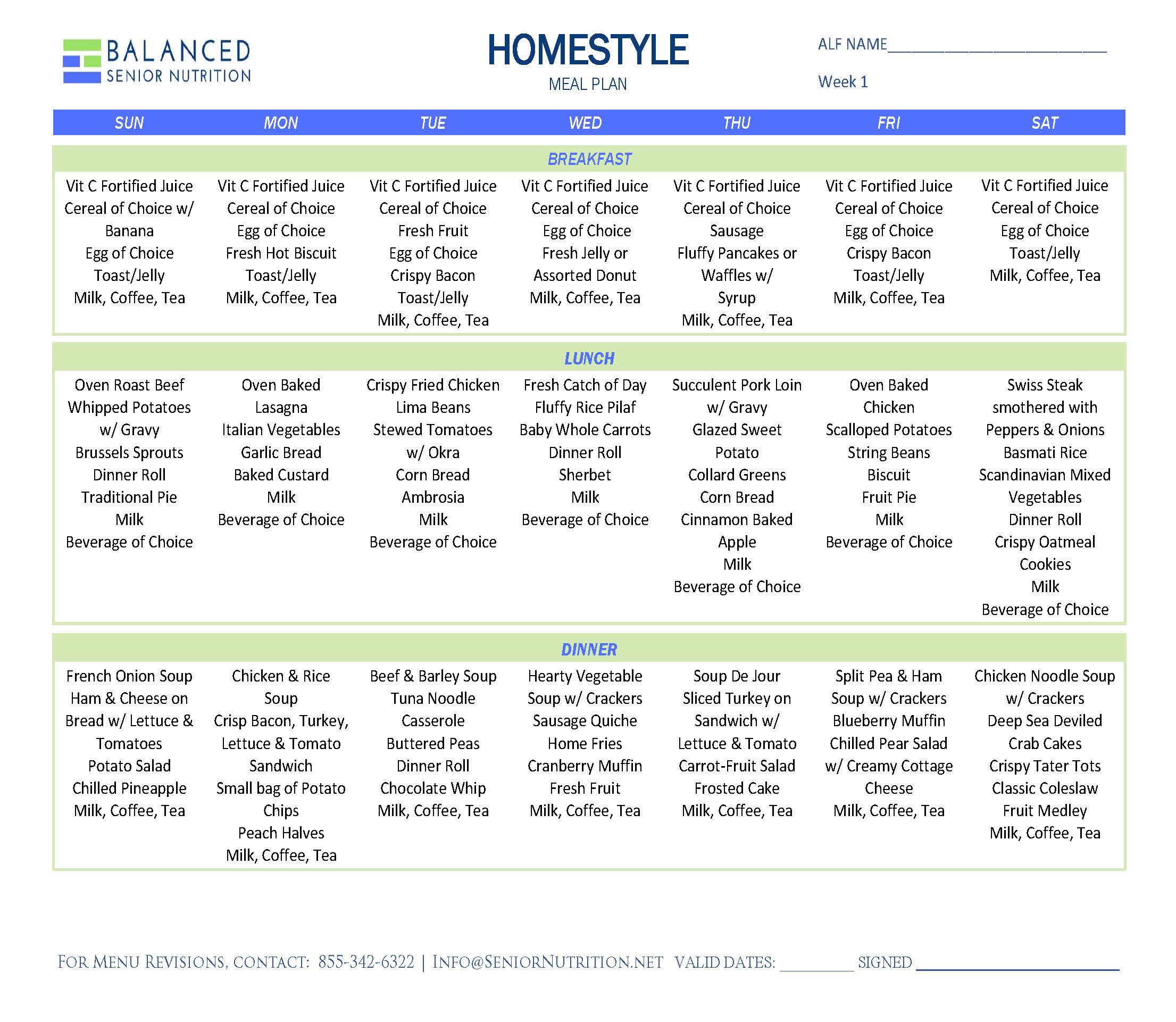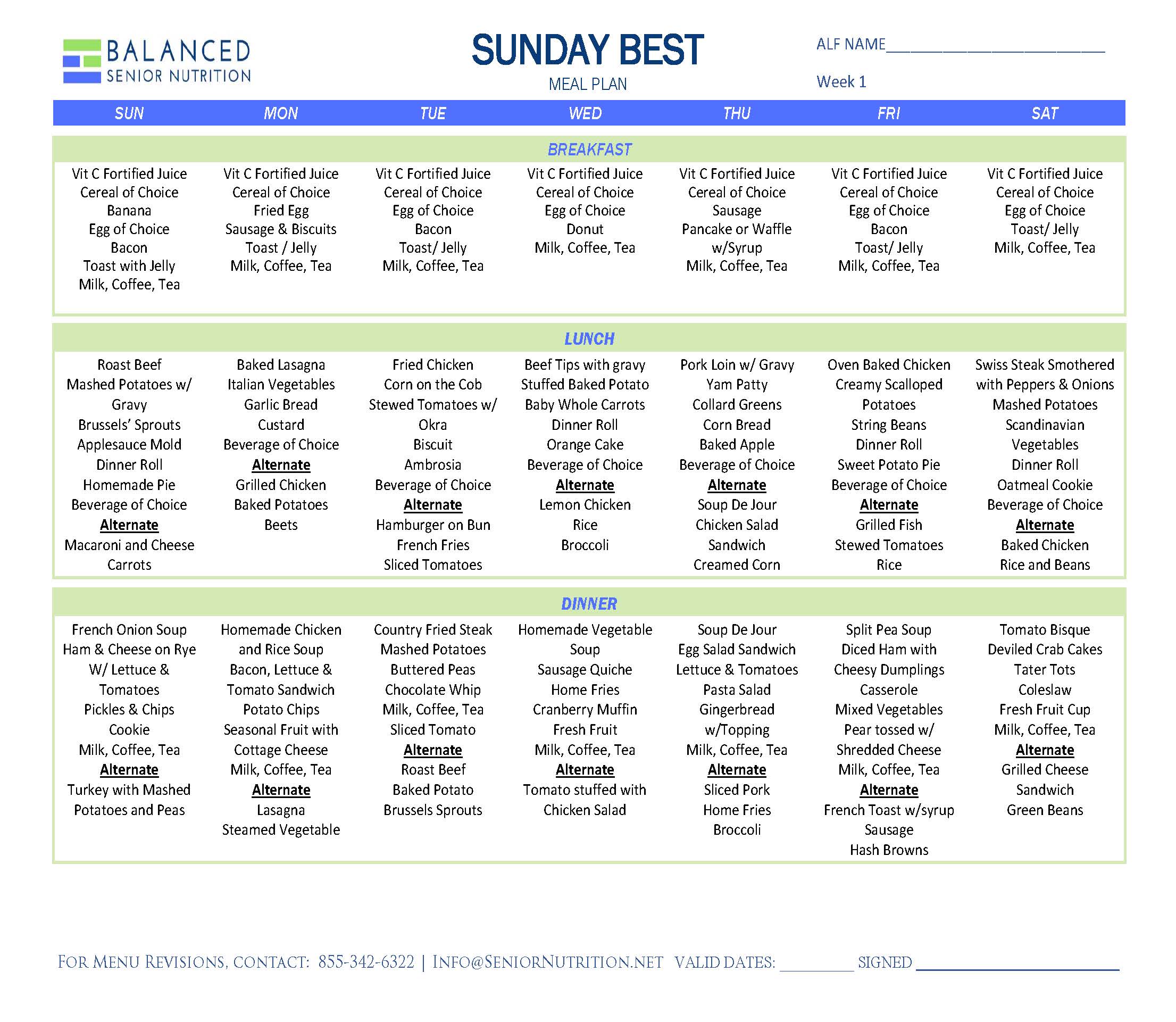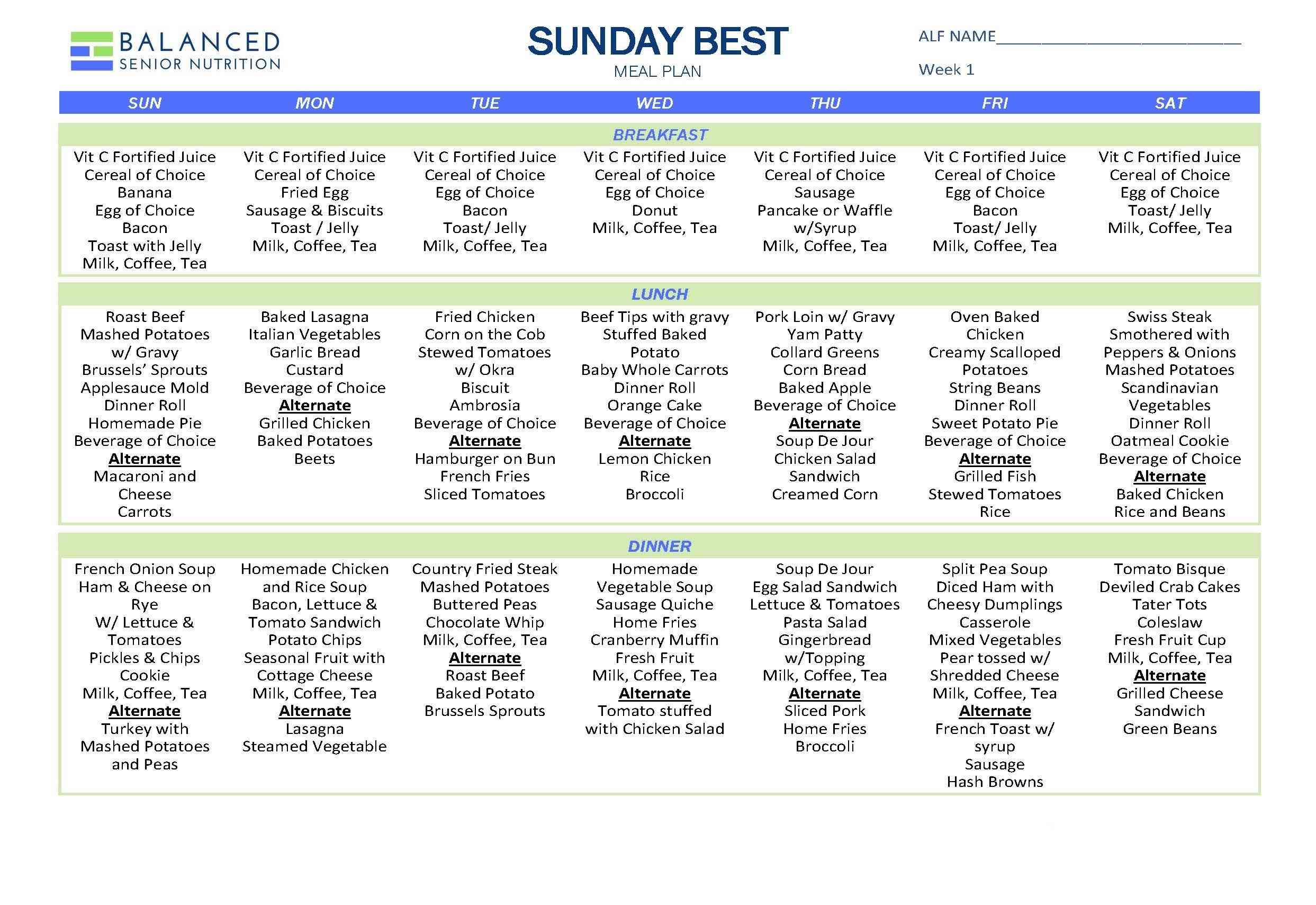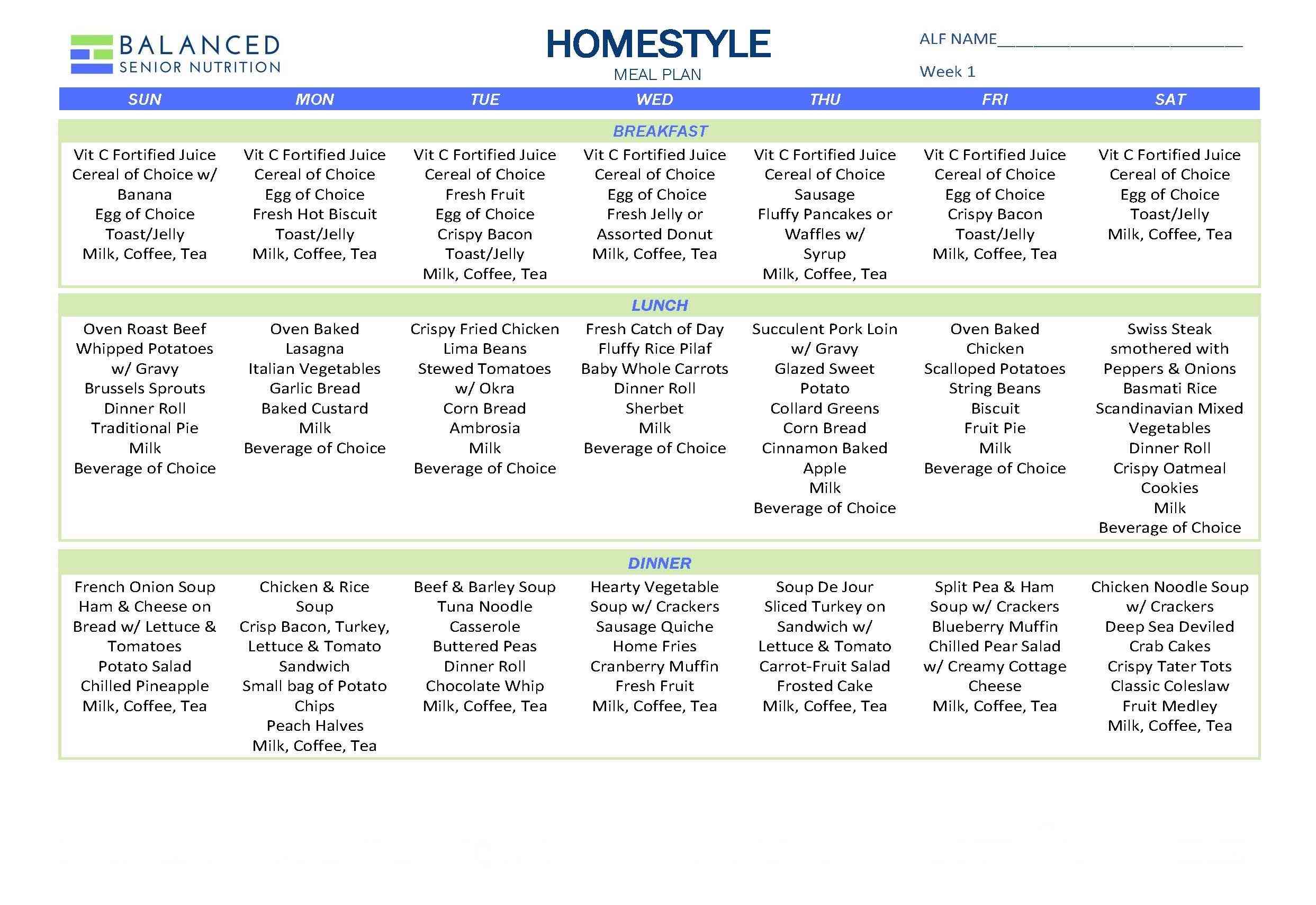Is it Possible to Please Everybody?

Person-directed dining plans created by the residents in your community are the cornerstone that holds together all the components of person-centered living. And that means you meet the food and dining desires of ALL the people in your community. In order to honor these requests, your community must embrace the QAPI process as a way to continually improve dining services. Here’s how.
What are the core principles of person-centered dining?
- Make sure everyone who lives and works in the community understands that residents have the mandated right to choose what, when and where they want to eat.
- Create systems to provide care and achieve compliance with nursing home regulations.
- Gather information about people’s dining preferences and experiences to fulfil those mandates.
- Educate those people currently on restricted diets so they can make informed choices, while understanding that any decision involves risks.
- Honor those choices while managing risks.
- Continually ask for input from residents and care partners to define the highest quality dining experience for everyone.
- Create performance improvement projects (PIPs) that acknowledge everyone has a voice. Explore together ways for closing gaps between what is happening and what should be happening.
- Continue the QAPI process to constantly improve dining services for all people in the community and strive for deficiency-free surveys.
The “how to” of learning resident likes and dislikes.
To illustrate the core concept of continually asking for input to define and provide the highest quality dining experience for everyone, I would like to take an excerpt from our manual, The Inside Scoop on Informed Choice to show how one of our signature forms works. In this scenario, the gang at Pioneer Village discuss a problem revealed by Dotty in the QAPI-based assessment, Resident Survey: Dining Satisfaction.
We begin with Max (dining manager), Diane (dietitian), Mary (resident) and Dotty (resident) chatting in the dining room about the QAPI process.
MAX: I was just saying how QAPI systems helps us to identify opportunities to enhance the dining experience. Let’s take this recent dining satisfaction survey I’m working on. This is an example of data collection. Diane, you and I tallied the latest meal satisfaction survey yesterday and found a gap in performance or should I say we found an area for opportunity? Dotty, you should know what we’re talking about since you indicated on your survey that you weren’t happy about question number 10.
MAX: I think you said, “all the food on the plate looks the same” and called it a “boring blob.”
resident-survey.png
DOTTY: I did.
DIANE: All of your responses and comments are important. Since the surveys tell us so much, we carefully record and total how many people are not satisfied with an aspect of dining based on any “no” answers to our questions. If we count multiple “no” responses, this may indicate a systemic problem or opportunity with a dining or snacking process.
MARY: What do you mean by “process?”
MAX: A process is just the way we go about taking care of our diners such as how we create our menus or how we serve drinks at mealtime. If you noticed, the survey questions were designed to identify parts of the dining experience that may or may not be satisfactory to you.
DIANE: In other words, we want to know what’s happening within a process that is making a person unhappy and compare it to what should be happening to make them happy. The difference between “what is” and “what should be” is called a gap. And in the case of #10 from the Dining Satisfaction survey “Are you happy with the color, texture and appearance of the food”, we identified a gap between what is happening; “the pureed food looks the same,” and what should be happening; “the pureed food should be visually appealing in color, texture and appearance.”
DIANE: And it wasn’t just Dotty that wasn’t satisfied. We identified that the majority of the people who were unhappy with pureed meals said it was because of the unappealing appearance when it was served. Now we start figuring out why the pureed meal is unappealing. We do this using a root cause analysis of the problem and that uses a technique called a Learning Circle which is a quick, effective and sometimes fun way to get to the root of a problem. And then we come up with a project to fix it. That would be the planning element of the QAPI process. We call this the Performance Improvement Project or PIP.
MARY: So, it’s pretty darned important that all of us affected by dining services, including our care partners, should participate in dining surveys, right? It is a way to find out what is really happening and then come up with ways to fix any gaps.
MAX: It’s critical. We need at least 80% participation in the surveys or there might not be enough good data to identify genuine gaps in the processes.
MARY: It’s also critical that before anyone starts gathering information, the person explains what they’re doing and how they’re trying to improve the dining experience by asking these survey questions and recording their answers. People will be more likely to help if they know someone’s trying to make things better.
DIANE: That’s why we have a tip sheet that helps people interview residents that includes advice such as:
- Try not to sit with anything between you and the person you are interviewing, such as a table or a counter.
- Find a private setting to do the interview. Minimize any background noise if possible.
- Sit so that the resident can see your face. To reduce glare, don’t sit with your back to a light source.
- Be sure the person can hear you. Interview people with hearing impairment using their usual communication devices/techniques. If you have any doubt about a person’s hearing ability, use head-phones or a hearing amplifier.
- Introduce yourself. “Hello Mr./Mrs./Ms./Dr. (surname). “My name is (first name), and I am a (your job title) here at the (community name). How are you?”
- Asking a person what name he or she prefers to be called is a sign of respect for them and shows that you want to get to know them better. Some ways to do it are: “What would you like me to call you when I say “Hi”? Or “What name do you go by?”
DIANE: When interviewing residents, let them know what you are doing and why. That will increase the chances of getting meaningful information. Explain that you are going to ask them questions about a certain topic like dining and that their answers are valuable because they help to improve things for everybody. For example:
Resident Survey – Dining Satisfaction interview: I’m going to ask you Yes or No questions to find out if you are happy with your dining experience here at (community name). If you answer ‘no’ to a question like: “Do you usually eat and drink what you want to eat or drink?” I am going to ask you why you’re not happy about that and write down the details on what specifically is making you dissatisfied. It really helps the team get to the heart of the problem. Also, if you have suggestions for making improvements, we will write them down so they get reviewed.
MAX: So, once we realize there is a gap in performance, we want to get everyone directly involved with the process to come together to figure out where things may be going off-track.
DOTTY: So, who you gonna call? Gap Busters!
DIANE: Right, and the best “gap busters” are the hands-on people who are directly involved in each step of the process and the people who are directly affected by the gap in performance. These are the folks best suited to discuss the problem. And so now we move onto the developing a performance improvement project.
One form you can’t do without
As you can see, the folks at Pioneer Village understand that information from a resident is only as good as the form you use. A well-thought-out survey form can get to the root of problems so that you can create projects to fix them. To help get you started on satisfying everyone living in your community, we would like to offer you a copy of our Resident Survey: Dining Satisfaction form. This free document from The Inside Scoop on Informed Choice helps you to thoroughly cover what is important to each resident when it comes to their dining experience. It also starts the process on discovering the best approaches to safely satisfy those preferences.


